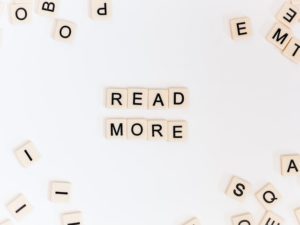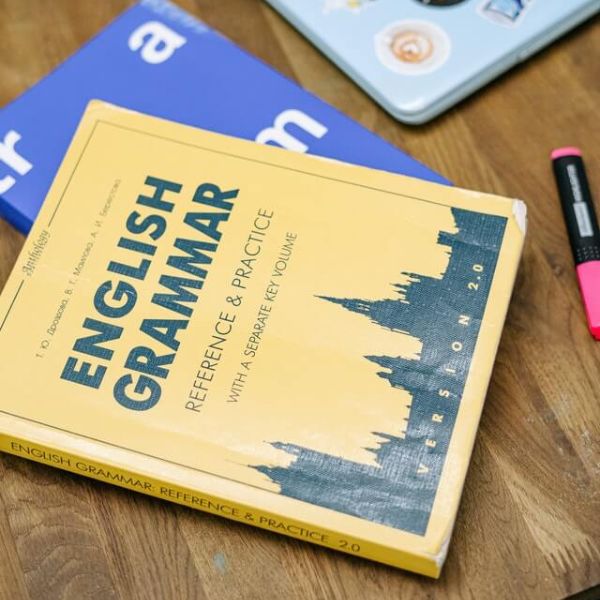Often the present simple and the present continuous are two verb tenses that can cause a lot of confusion if we do not understand how they are formed or if we choose to make literal translations from our language. If you are one of those who still do not know how to differentiate between the two tenses and when to use them, this article is for you.
Present simple or present simple
 It is used to talk about what we do every day, such as routines, as well as permanent situations or events that are always in a certain way.
It is used to talk about what we do every day, such as routines, as well as permanent situations or events that are always in a certain way.
- I wake up at 8 o’clock everyday. I get up every day at 8 am.
This is an action we take every day.
- I study English twice a week. I study English twice a week.
Although it is not something we do every day, it is part of our routine and we do it regularly.
- Water boils at 100º. Water boils at 100º.
It is a fact or a reality, so we also use the present simple.
To form the present simple we will not conjugate the verb, that is, we will use its present form. The only thing to remember is that when we speak or write in the third person singular he, she and it, the verb will have an s at the end.
- I speak English. I speak English.
- She speaks English. She speaks English.
Present continuous or present continuous
The present continuous is used to express things that happen at the moment we are talking about, just now. However, it is also used to talk about plans that will occur in the immediate future.
- I am reading a book. I am reading a book.
It indicates that right at this very moment, I am reading a book.
- I’m flying to London on Monday. I’m flying to London on Monday.
This is a sure plan that, moreover, will occur in the very near future.
- Justin studies at Bordeaux University; at the moment he is spending a term in Oxford. Justin studies at Bordeaux University; at the moment he is spending a term in Oxford.
We can also use the present continuous to talk about actions that started in the past, are happening in the present and will continue in the future.
- Unemployment is still going up by 20% a month. Unemployment is still going up by 20% a month.
There is one last case in which we use this verb tense, when we speak of changing trends or situations.
To form the present continuous, we will use the verb “to be” and the gerund of the main verb, that is, the verb ending in -ing.
- I am watching TV. I am watching television.
How we can differentiate them
Now that you know the theory, we are going to give you some tricks to help you differentiate between the two verb tenses.
Expressions of time: usually, the present simple is accompanied by expressions of time such as everyday (every day), twice a week (twice a week), everyweekend (every weekend). These expressions indicate repetition, habit or regularity.
When the action takes place: if we ask ourselves at what moment the action takes place and the answer is now(right now), we must use the present continuous.
Verbs ending in -ing: as we have already mentioned, to form the present continuous we will use the gerund, that is, verbs ending in -ing. This may give you a clue as to the verb tense being used.

